EMDR for Asian American and Asian Immigrant (AAAI) Children and Families
Recording & Slides
September 18, 2025
About
In this webinar, we will introduce one trauma-focused psychotherapy, the Eye Movement Desensitization and Reprocessing (EMDR), and its implementation with Asian American and Asian Immigrant children and families. This webinar will provide an overview of EMDR modalities, discuss the advantages and challenges of implementing them with the AAAI population, and explore the underlying mechanisms through which EMDR addresses trauma-related mental health issues. Drawing from real counseling cases, speakers will also share experiences and recommendations regarding culturally responsive adaptations of EMDR in both clinical and community settings, as well as related resources for audiences who wish to receive more in-depth training on EMDR therapy.
Learning Objectives
As a result of attending this webinar, participants will be able to:
Describe at the basic modalities of EMDR
Explain why EMDR could be suitable to alleviate negative impacts of distress and trauma among AAAI individuals.
Summarize at least two culturally responsive adaptations of EMDR for AAAI clients
Moderator
Keye Xu, PhD
Research Associate, The Lotus Project
As a Research Associate, Keye is dedicated to bridging evidence-based programs and rigorous psychological research with culturally-relevant mental health practices to better support children and families in AAPI and immigrant communities. She gained her Ph.D degree in Education (human development and psychology focus) from University of California, Los Angeles, with her dissertation exploring the cultural nuances of parenting among Chinese American mothers.
Speakers
Hui (Daniel) Wei, LCSW
Psychotherapist
E-mail: danielwei.lcsw@gmail.com
Slides
Daniel Wei, LCSW, is a psychotherapist based in San Francisco, CA, with about past ten years of clinical experience at community-based agencies. His practice integrates evidence-based trauma therapies with a strong emphasis on attachment, embodiment, and cross-cultural healing.
Daniel is an EMDRIA-approved consultant, currently leading multiple EMDR group consultations. His advanced training includes Internal Family Systems (IFS), Sensorimotor Psychotherapy, Psychedelic-Assisted Therapy, Polyvagal Theory, and Attachment-Based approaches.
Before becoming a clinician, Daniel worked in China for several years as a translator for group therapy workshops, an experience that shaped his unique sensitivity to language, culture, and the healing relationship. Today, he specializes in helping clients recover from trauma, strengthen emotional regulation, and repair relational patterns through EMDR and integrative psychotherapy.
In addition to his clinical work, Daniel is passionate about supporting therapists through consultation and supervision, and he is developing innovative video-based training methods to enrich EMDR learning.
Soo Jin Lee, LMFT
Executive Director of Yellow Chair Collective
E-mail: soojin@yellowchaircollective.com
Slides
Soo Jin Lee, LMFT, is the executive director of Yellow Chair Collective and co-founder of Entwine Community. As an Asian immigrant, she draws on her own experiences to advocate for mental health. She is also the co-author of Where I Belong and understands the challenges of balancing family values with personal identity—often navigating the ‘in-between space’ at work, at home, and in society.
Q&A:
Q: Re: Readiness needs Stabilization -- would self-harm be okay still for someone to be able to use EMDR
A: [Daniel Wei] Self-harm is one symptom of unresolved trauma. While it makes sense to address traumatic memories to reduce symptoms, EMDR Phase 4 may not be effective if clients have not yet developed the capacity to tolerate activation. Self-harm is usually an attempt to escape from overwhelming feelings or sensations. I'll continue to evaluate and provide supports to stabilization.
Q: Do you provide Hypnotherapy to the clients for whom EMDR is not suitable or not working?
A: [Soo Jin Lee] In my practice, I primarily use EMDR because it has such a strong evidence base for trauma and distressing memories. If EMDR isn’t suitable or effective for a client, I usually consider incorporation other modalities with EMDR. One of the key other modalities that I utilize is Internal Family Systems and EMDR. I may choose external referral sources which may or may not include hypnotherapy depending on the client’s treatment needs.
A: [Daniel Wei] I don’t know much about hypnotherapy. As I shared in my slides, successful trauma processing depends heavily on maintaining “dual awareness.” I would be curious to better understand what is meant by the statement “EMDR is not suitable for clients.
Q: Hynotherapy vs EMDR? Differences vs similarities?
A: [Soo Jin Lee] From my limited knowledge, hypnotherapy uses a ‘trance-like- state where there is a lot of guided directions from the therapist whereas EMDR is client is fully alert and using bilateral stimulation as they are actively recalling the memory for reprocessing.
Q: Language shift: Do you see family being a huge theme with the work and language shift holds a way to validate the individual while honoring that family piece? Wasn't sure if this cultural theme will be addressed later?
A: [Daniel Wei] It is important to gather information about family and cultural background that may become target memories for trauma resolution, as well as to identify resources clients can build upon before activating traumatic memories.
Q: Is tapping consider a par to EMDR?
A: [Soo Jin Lee] Yes, tapping is one form of bilateral stimulation which is a core component of EMDR. Tapping uses tactile sensory form of the ‘left’ ‘right’ alternating bilateral stimulation. There is also auditory and visual as well. As I mentioned, I like to use multiple sources of sensory input of bilateral simulation. For example, eye movement and tapping at the same time.
Q: Is there a Bay Area group similar to Yellow Chair Collective? Thanks for the terrific webinar today. All the visuals you described were so helpful to understand EMDR process.
A: [Soo Jin Lee] I am not familiar with Bay Area group, however we have therapist both in North and Southern California as well as OR, WA, NY and NJ. Thank you so much! 30 minutes is really really short go over discussions of trauma but I am glad that you found it to be helpful.
Q: What are some considerations that are specific to AAPI clients when conducting EMDR?
A: [Soo Jin Lee] Summarizing the presentation into specifically AAAI and AAPI clients with EMDR: -language and stigma (holding space for the ancestral history, beliefs, and values) - Expand the idea of Trauma to include ongoing burdens, stressors, and racialized experiences, - acknowledgment of the bilateral tools that we are using already exists in our cultural history, -Alternative beliefs to include family oriented beliefs (I am worthy of care, I have room to take care of myself and others around me, I can honor myself and my family etc.)
A: [Daniel Wei] Make sure to explain trauma appropriately. Many clients, especially immigrants, might not fully grasp the scope of trauma, particularly attachment trauma.
Q: Is there any difference in effectiveness of EMDR for neurodivergent AAPI clients?
A: [Soo Jin Lee] Like many other areas of research, studies specifically on the intersection of being neurodivergent and AAPI in EMDR are very limited. But from our clinical experience at our practice, we’ve seen that EMDR can be quite effective when adapted thoughtfully. For many neurodivergent AAPI clients, the structured way EMDR is explained in phases is actually a strength. It can provides clarity and predictability. Another strength is that EMDR doesn’t require detailed verbal communication of the distressing event. For clients who may find it hard to put experiences into words, that makes the process much more accessible. The concreteness of identifying a list of learned beliefs and then working toward an alternative belief can also be very grounding for neurodivergent clients who benefit from clarity and specificity. That said, therapists need to track body language and nonverbal cues more closely And because EMDR relies on sensory input for bilateral stimulation, we have to consider sensory sensitivities carefully
A: [Daniel Wei] In my practice, I have found it particularly helpful to provide clear, specific instructions when working with neurodivergent clients.
Q: Do you have any recommendations about using EMDR with an adolescent who also has SH and selective mutism (potential ASD as well) that is reluctant to engage in treatment?
A: [Soo Jin Lee] I have just a quick few thoughts that may or may not be relevant to the actual case. Stabilization is always key and first in EMDR. I would focus on safety planning with the entire family unit first. EMDR can be adaptive to selective mutism & limited verbal engagement. They can use drawings or images or symbols or even writing to represent a target memory. Again, EMDR uses rating scales, so we can always write that our for them to select and let us know how we are doing in term of progress. I would also figure out their level of different sensory sensitivity to know which type of bilateral stimulation would be most appropriate. Adolescents with ASD often do well with predictability and step-by-step outlines so explaining the clear structure of EMDR phases will help significantly. Above everything, we want to be sure that there is clear reduction of self harm and plenty of resourcing first.
A: [Daniel Wei] The success of EMDR does not lie in the eye movements themselves, which are simply a tool to facilitate trauma processing. When clients present with active suicidal ideation or reluctance to engage in services, the focus should shift to building rapport and developing skills before trauma processing
Q: How do you become EMDR certified? do you need to be certified to practice it? do you have any suggestions for people who may not be able to afford the full certification process?
A: [Soo Jin Lee] You don’t have to be certified to practice EMDR. What you do need though is EMDRIA-Approved Basic Training to use EMDR with clients so I’d say that start with just basic training and adapt EMDR to fit to the clients that you work with. Some training programs will offer scholarships and/or sliding scales, and payment plans as well. If you work at a organization or practice that supports further education, you can also request if the training fee can be covered or split with your employer as well.
A: [Daniel Wei] You don’t need to be certified to practice EMDR, but basic training is required. I encourage people to explore EMDR HAP for discounted training opportunities, or to consider working with Consultants-in-Training for more affordable consultation services.
Q: How does EMDR compare to other trauma-focused approaches like CBT for children and families?
A: [Daniel Wei] EMDR is a mind–body approach, whereas TF-CBT does not fully engage the body or incorporate some experiential elements of therapy.
Q: Are you aware of any public funding or movement in incorporating EMDR or Somatic work, especially in the community mental health setting.
A: [Daniel Wei] While I don’t know of specific resources, I recommend two excellent books that combine somatic work with EMDR: EMDR and Somatic Psychology by Arielle Schwartz, and Polyvagal-Informed EMDR (co-edited by Rebecca Kase and others).
Q: I wonder if Daniel has experience on using EMDR protocol in Mandarin developed by Taiwan EMDR association? Is the result similar with the English version?
A: [Daniel Wei] I don’t know much about the Taiwan EMDR Association. In my own practice and translation of the English protocol, I’ve found it essential to paraphrase and explain certain jargon and terminology for clarity.



